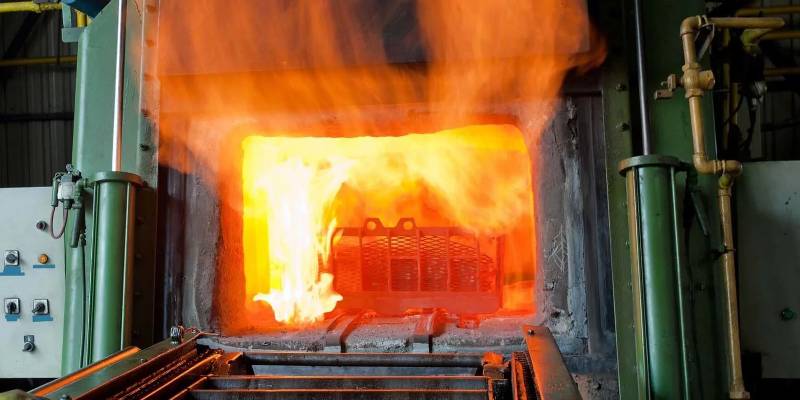A Stanford-led study reveals that firebrick technology, dating back to the Bronze Age, may offer a cost-effective solution for storing renewable energy and helping industries transition to clean power sources.
Firebricks: A Low-Cost Alternative to Battery Storage
Researchers at Stanford University have found that firebricks, a technology with roots in ancient kilns and furnaces, could play a crucial role in achieving net zero emissions by 2050. The study, published in PNAS Nexus, suggests that these heat-absorbing bricks could provide a cheaper and simpler alternative to battery storage for industrial heat applications.
Mark Z. Jacobson, lead author and professor of civil and environmental engineering at Stanford, explains, “The difference between firebrick storage and battery storage is that the firebricks store heat rather than electricity and are one-tenth the cost of batteries. The materials are much simpler too. They are basically just the components of dirt.”
The firebrick system works by storing heat generated from renewable sources like solar or wind power in insulated containers. This stored heat can later be released by passing air through channels in the stacked bricks, allowing industries to run on clean energy even when wind and sunlight are unavailable.
Massive Potential for Industrial Decarbonization
Industrial processes, which require high-temperature heat for manufacturing, currently account for about 17% of global carbon dioxide emissions. The temperatures needed can reach up to 1,300 degrees Celsius (2,400 degrees Fahrenheit) for cement production and 1,000 C (1,800 F) or higher for glass, iron, and steelmaking.
By using firebricks to store renewable energy as heat, these emissions could be virtually eliminated. Daniel Sambor, a postdoctoral scholar and co-author of the study, notes, “By storing energy in the form closest to its end use, you reduce inefficiencies in energy conversion.”
The research team modeled two scenarios for 149 countries in 2050, assuming a complete transition to renewable energy. One scenario incorporated firebricks for 90% of industrial process heat, while the other relied solely on electric furnaces and battery storage. The results were striking:
– The firebrick scenario could save $1.27 trillion in capital costs across the 149 countries.
– It would reduce demand on the electrical grid and decrease the need for battery storage capacity.
Why it matters: As the world races to combat climate change, finding efficient and cost-effective ways to store and utilize renewable energy is crucial. Firebrick technology offers a simple, affordable solution that could accelerate the transition to clean energy, particularly in hard-to-decarbonize industrial sectors.
Moreover, the health implications are significant. Jacobson points out, “Every bit of combustion fuels we replace with electricity reduces that air pollution.” Previous studies have linked fossil fuel combustion to millions of premature deaths annually due to air pollution.
While the concept of using firebricks for energy storage is not entirely new, this study is the first to examine its potential on a global scale as part of a comprehensive renewable energy transition. Several companies have recently begun commercializing similar systems for industrial heat storage, indicating growing interest in the technology.
As research continues, questions remain about the practical implementation of firebrick storage systems at scale and their integration with existing industrial infrastructure. However, the potential for substantial cost savings and emissions reductions makes this ancient technology a promising player in the future of clean energy.
Looking forward, the simplicity and cost-effectiveness of firebrick storage could make it an attractive option for industries and policymakers seeking to meet ambitious climate goals. Further research and pilot projects will likely explore optimizing these systems for different industrial applications and integrating them into comprehensive renewable energy strategies.

